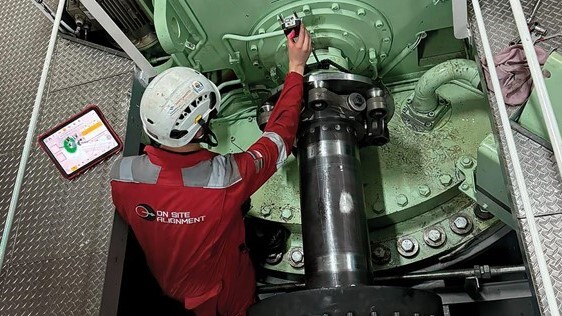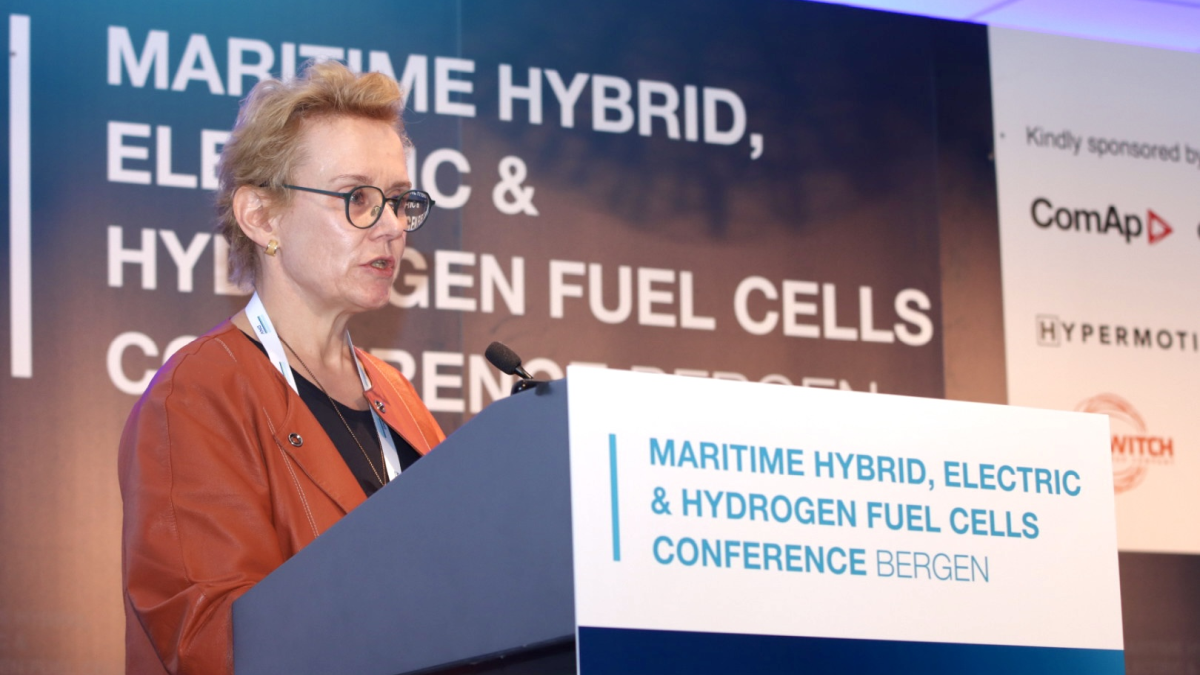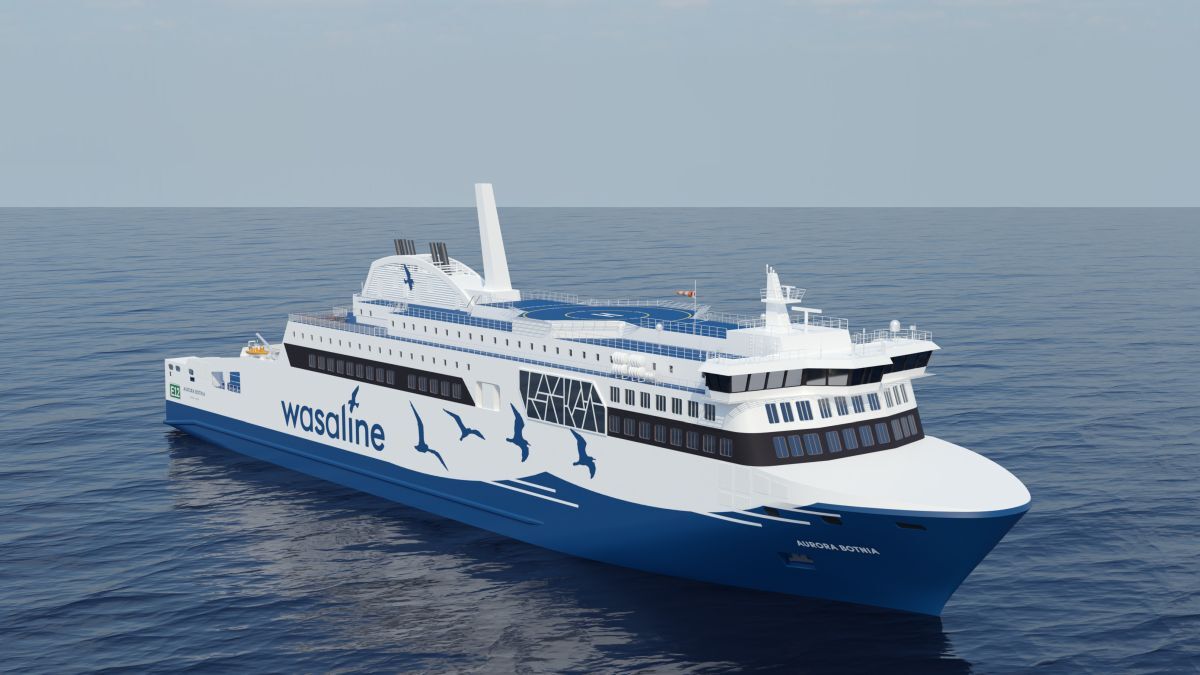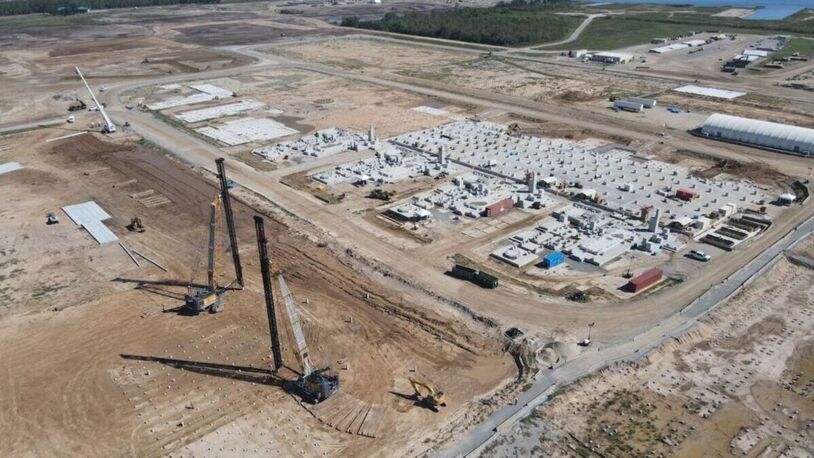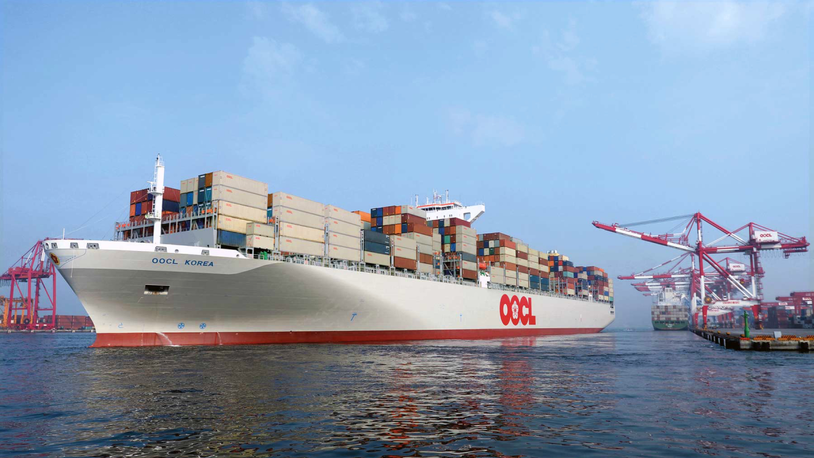Business Sectors
Events
Contents
Register to read more articles.
FuelEU: two months left to prepare
Ship operators and ports need to be prepared for the introduction of the European Union’s FuelEU Maritime environmental legislation
These rules and regional requirements are scheduled to come into force in January 2025, leading the way towards decarbonising shipping, ports and other maritime sectors within Europe.
European Commission’s DG Move head of unit for maritime transport and logistics, Annika Kroon, reminded the maritime industry of the rapidly approaching deadline during her presentation at Riviera’s Maritime Hybrid, Electric & Hydrogen Fuel Cell Conference.
She spoke about the challenges and opportunities associated with transitioning to sustainable fuels, and reviewed the regulatory framework introduced to incentivise the industry to adopt of technologies such as energy storage systems and hydrogen fuel cells.
FuelEU Maritime is part of the EU’s Fit for 55 programme and runs in parallel with the EU’s emissions trading system that started to apply to maritime this year.
“Emissions from shipping will increase if we do nothing,” Ms Kroon said. “First thing to do is to improve efficiency... it is a win-win for all.”
Once digitalisation and optimisation technologies have been implemented, the industry could adopt batteries, fuel cells, onshore charging and fuels derived from renewable energy. “It is all about supply, infrastructure, energy taxation and demand from maritime for these fuels,” she added.
Alternative fuels include environmental versions of biofuels, methanol, LNG, hydrogen and ammonia, while there will be more electrical power in ports.
“There is just two months to the adoption of FuelEU,” Ms Kroon said. “There are new technologies and fuels to consider, so we will need to revise this in 2028.”
Other aspects the maritime industry needs to consider as part of the green transition include building bunkering and fuel delivery facilities, certifying fuels and technologies and training seafarers on these technologies.
“Ports are emerging as energy hubs to produce and transport energy and there will be new types of trades and cargoes to be transported,” Ms Kroon said. “Ports are putting infrastructure in place and becoming part of green corridors across the world.”
Ports are challenged by the push to introduce electricity from quayside charging stations and to build bunkering infrastructure for green fuels. Ms Kroon said the European Commission is aware of these challenges and is willing to offer concessions and extensions to enable more time for investment.
Port of Bergen is one of the most advanced in Norway, and especially Europe, in adopting technologies for delivering shore power to ships – and is continuing to improve this to reduce the environmental footprint of offshore support vessels (OSVs) and cruise ships using the port. These have different power and voltage requirements, said Port of Bergen commercial manager, Nils Møllerup.
“All ships in Bergen need to be offered green hydropower electric and we have 48 MW available,” he said. Bergen splits this, with low voltage for OSVs and electric ferries, and high voltage for cruise ships, for which it has three connections.
“Different ships have different requirements in connections, voltages, power capacity and frequencies... there is no one standard,” said Mr Møllerup.
“Shore charging needs to be economically sustainable and funded. It needs traffic, different ship connections and a lot of electricity. With the smaller vessels, there are questions over sustainability.”
Port of Bergen and DNV introduced the environmental port index (EPI) for the world’s main cruise ships to keep track with whether these vessels use shore power where available. “We can provide incentives, such as 25% rebates on harbour fees if ships use shore power, or add 150% on top of port fees if not,” said Mr Møllerup.
As more ports introduce shore power in Norway, Iceland and the UK, they can use the EPI. “In 2024, we are connecting 50% of cruise ships, and in 2026, expect to connect 100%.”
QinetiQ expert on marine electrical power and propulsion, Dave Gorshkov outlined challenges ports need to overcome to introduce shore charging for various vessels.
This includes sourcing energy from national and local grid operators and power companies, understanding future demand for electricity from ships in the port, and the wattage and voltage requirements. “Connections can be different on different ships” even between those in the same fleet, “so positioning shoreside battery charging is important,” said Mr Gorshkov. “Each charging station is almost custom-built for each port, cable management is different, and harmonics are important issue of concern.”
Solutions for ports include having onshore and quayside energy storage systems and ensuring there is flexibility in providing this power to different ship types.
The Maritime Hybrid, Electric & Hydrogen Fuel Cell Conference took place in Bergen, Norway on 29-31 October 2024, looking at key trends, regulations, class rules and the development of zero-emissions ecosystems.
Riviera’s Maritime Decarbonization Conference, Americas will be held in Houston, Texas, 4 December 2024. Click here for program information, tickets, or to register your interest in this industry-leading event.
Related to this Story
Events
Maritime Environmental Protection Webinar Week
Cyber & Vessel Security Webinar Week
The illusion of safety: what we're getting wrong about crews, tech, and fatigue
Responsible Ship Recycling Forum 2025
© 2024 Riviera Maritime Media Ltd.

